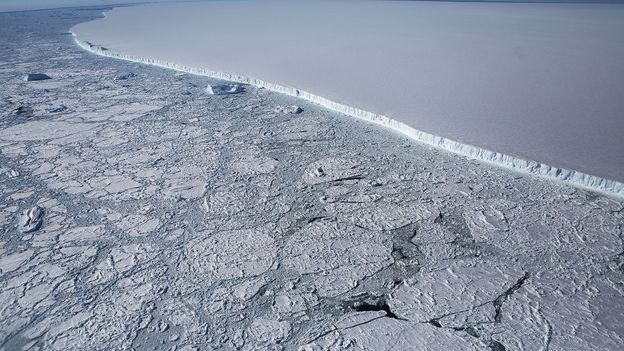
Huge Sponges Are Eating an Extinct Arctic Ecosystem
WiredStretching for nearly 80 miles across the seafloor of the central Arctic, the Langseth Ridge is craggy, barren, and generally inhospitable. Thousands of years ago, however, the peaks of the ridge hummed with volcanic activity, which produced sulfur that fed tube worms—the ones you may have seen from videos of hydrothermal vents elsewhere in the world. “No one knows what is living on these giant mounds,” says Antje Boetius, director of the Alfred Wegener Institute Helmholtz Centre for Polar and Marine Research and coauthor of the paper. No one has taken a photograph, no one knows what types of plants and animals are living there.” With the help of a remotely operated vehicle dangling from an icebreaker, Boetius and her colleagues discovered that the ridge is now dominated not by worms, but by enormous sponges, each up to 3 feet wide. “It's like a forest,” says Teresa Maria Morganti, an ecologist and expert on sponges at the Max Planck Institute for Marine Microbiology, lead author of the new paper.
Discover Related















)


)

)
_40x_03.jpg)